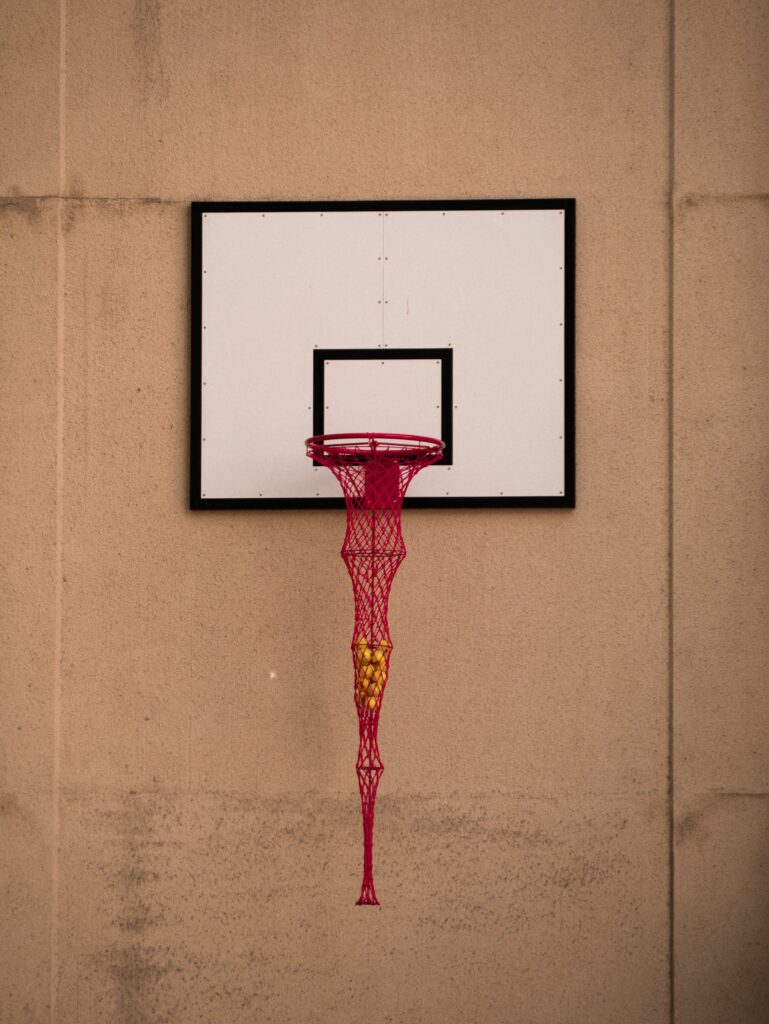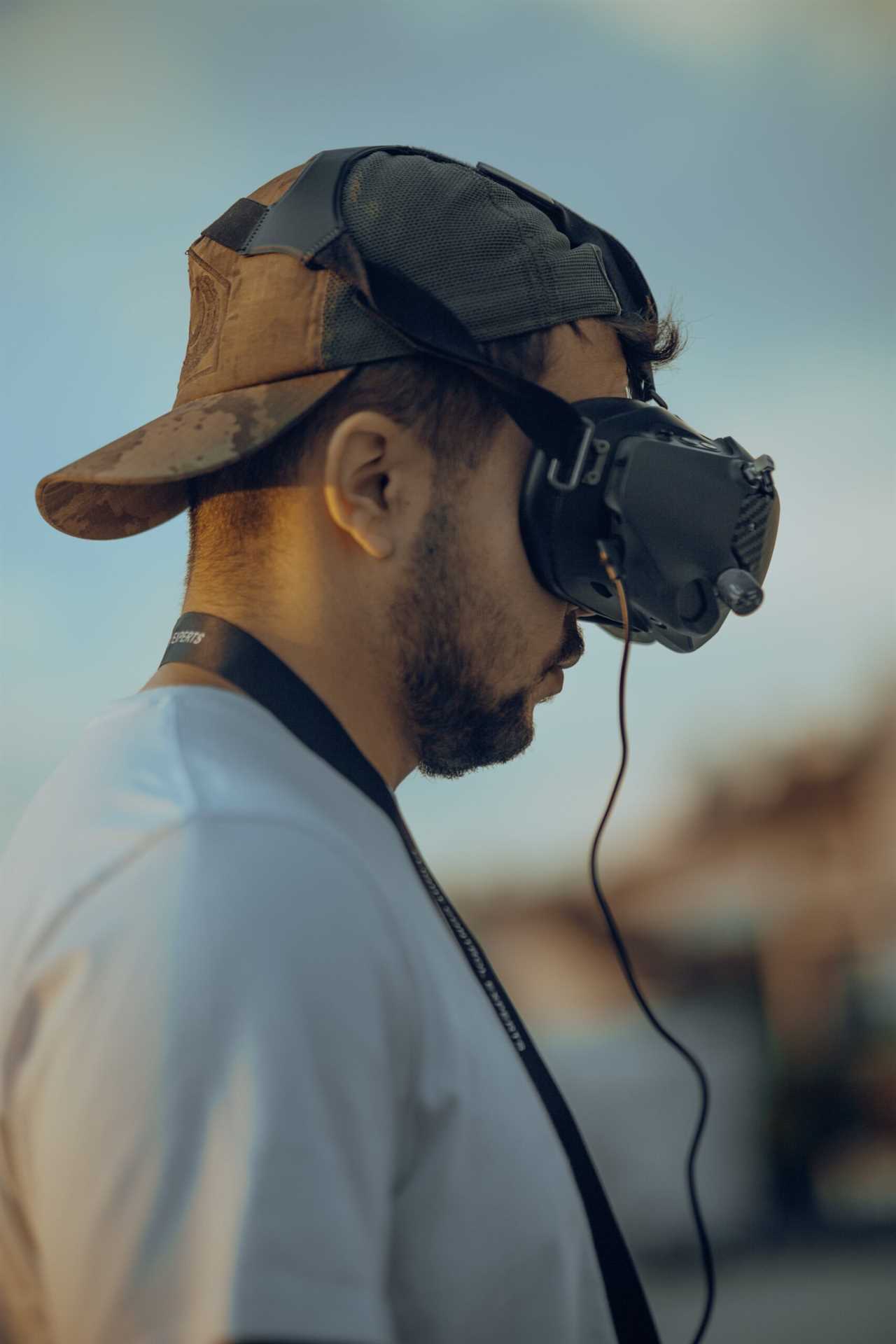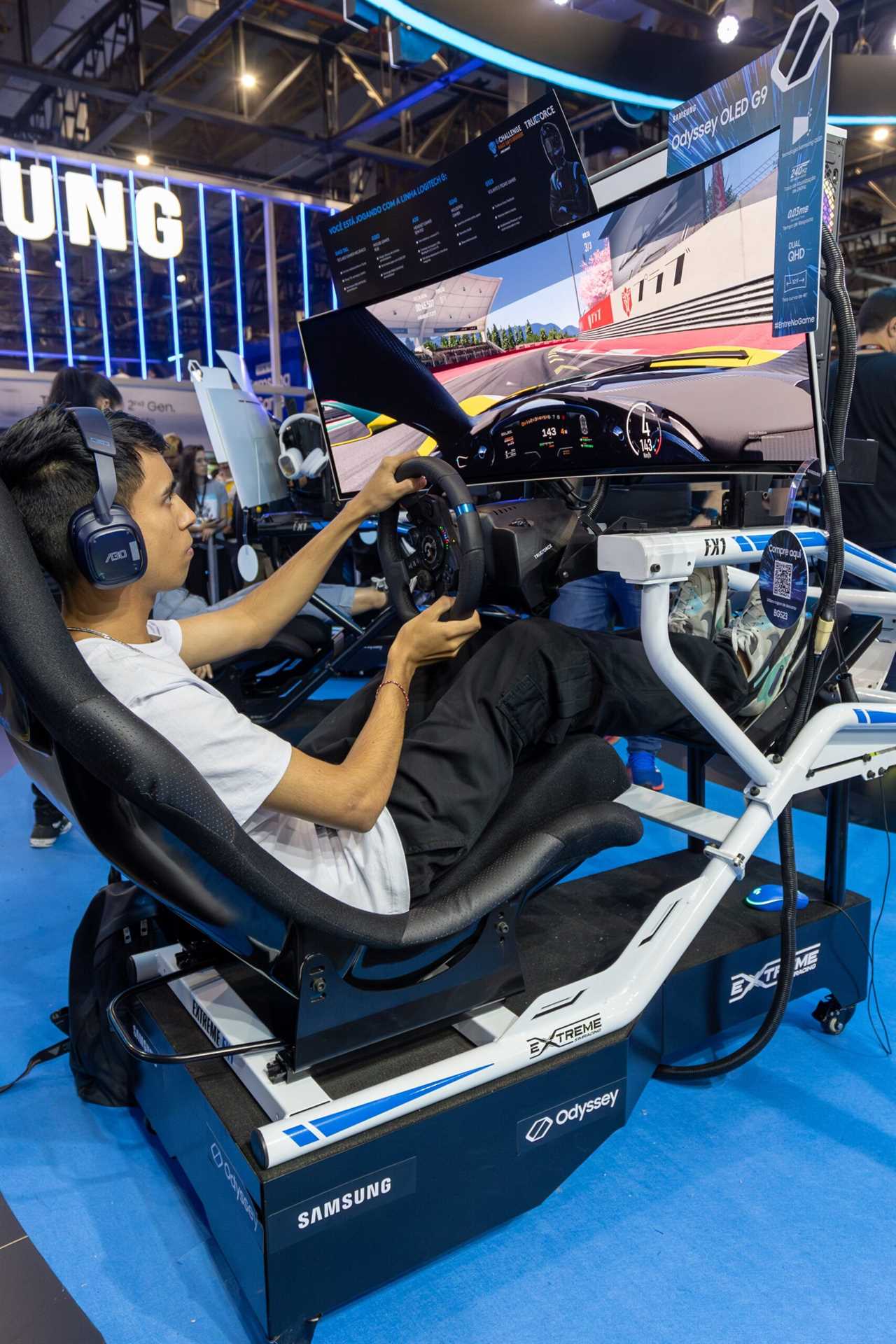Whether you’re a seasoned golfer or just starting out, you may find yourself pondering the age-old question: are old golf clubs still good? With advancements in technology, it’s natural to wonder if those vintage clubs you inherited from your grandfather or salvaged from a thrift store are still up to par. In this article, we will explore the durability and performance of old golf clubs and whether they can still hold their own in the modern game. So, dust off those antique clubs and let’s find out if they’re worth a swing!

The Performance of Old Golf Clubs
When it comes to golf clubs, many players are eager to get their hands on the latest and greatest technology. However, there is a certain charm and appeal to playing with old golf clubs. Whether it’s the nostalgia of reliving the golden era of the sport or the satisfaction of finding a hidden gem, old golf clubs can still provide a high level of performance on the course.
Technology Advancements in Golf Clubs
It’s no secret that golf club technology has evolved significantly over the years. From the introduction of perimeter weighting to the development of titanium and carbon fiber materials, modern clubs are designed to maximize distance, forgiveness, and accuracy. While old golf clubs may not have these cutting-edge features, they still have their own unique characteristics.
Effect of Age on Performance
The age of a golf club can have both positive and negative effects on its performance. On one hand, older clubs may have a smaller sweet spot, making it more challenging to consistently achieve optimal distance and accuracy. However, these clubs often have a more traditional shape and feel, which can enhance a player’s ability to shape shots and control ball flight. It ultimately depends on the individual player’s preferences and playing style.
Factors Affecting Performance
Several factors can influence the performance of old golf clubs. The design and craftsmanship of the clubs, as well as the materials used, play a significant role. Additionally, the condition of the clubs, including the grip and shaft, can impact performance. It’s important to assess these factors when considering the performance of old golf clubs.
Durability and Longevity
When it comes to investing in golf clubs, durability and longevity are crucial factors to consider. Old golf clubs may still be in great condition and perform well, or they may show signs of wear and tear that affect their performance.
Materials Used in Old Golf Clubs
Older golf clubs were often made with materials such as wooden heads, hickory shafts, and leather grips. While these materials may not be as durable as modern counterparts, they can still withstand the test of time if properly maintained and cared for. It’s important to note that not all old golf clubs are made with the same materials, so it’s essential to do some research and understand the materials used in a specific club before making a purchase.
Maintenance and Care
Proper maintenance and care are crucial for the longevity of any golf club, including old ones. Regular cleaning, polishing, and storage in a suitable environment can help preserve the club’s condition. Additionally, replacing worn-out grips and inspecting the shaft for any damage are essential steps in maintaining the performance of old golf clubs.
Signs of Wear and Tear
Over time, golf clubs can show signs of wear and tear that may impact their performance. These signs can include cracks in the clubhead, loose or fraying ferrules, rust on the shaft, and worn-out grips. It’s important to thoroughly inspect an old golf club for these signs before purchasing or using it to ensure optimal performance and safety on the course.
Value and Collectibility
For golf enthusiasts, the value and collectibility of old golf clubs can be an intriguing aspect. While some may view old clubs as mere artifacts or relics, others see them as valuable pieces of history and highly sought-after collectibles.
Value of Old Golf Clubs
The value of old golf clubs varies greatly depending on various factors such as brand, rarity, condition, and historical significance. Some vintage clubs can be worth a substantial amount of money, especially if they belong to a renowned player or were used in a significant tournament. However, it’s important to note that not all old golf clubs have significant monetary value. Regardless, their historical and sentimental value can still make them meaningful to collectors and enthusiasts.
Collecting Antique Golf Clubs
Collecting antique golf clubs has become a passion for many golf enthusiasts. Some collectors are drawn to the craftsmanship and design of older clubs, while others focus on acquiring clubs associated with specific eras or players. The thrill of hunting for unique and valuable clubs can be a rewarding experience for avid collectors.
Factors Affecting Value
Several factors can influence the value of old golf clubs. The rarity and scarcity of a club, along with its historical significance, can greatly impact its value. Additionally, the overall condition of the club, including originality and any accompanying documentation or provenance, plays a crucial role in determining its worth. It’s important for collectors to research and understand these factors when evaluating the value of old golf clubs.
Customizability and Versatility
One of the advantages of owning old golf clubs is the ability to customize and modify them to suit personal preferences and playing style. This can enhance their versatility and make them more enjoyable to use on the course.
Modifying Old Golf Clubs
Modifying old golf clubs allows players to optimize their performance and tailor them to their specific needs. This can involve adjusting the length and lie angle, changing the grip, or even reshafting the club. By making these modifications, players can fine-tune their old clubs to match their swing and maximize their performance.
Availability of Parts
One of the challenges of modifying old golf clubs is the availability of parts. As new technology is introduced, the production and availability of parts for older clubs may decline. However, there are still specialty retailers and online platforms that offer a wide range of parts specifically for vintage and antique clubs, making it possible to find the components needed for customization.
Benefits of Customization
Customizing old golf clubs can offer several benefits. By adjusting the club to fit your swing and playing style, you can improve your consistency and accuracy on the course. Additionally, the process of customizing and personalizing your clubs can create a deeper connection and attachment to them, enhancing the overall golfing experience.

Considerations for Beginners
For beginners looking to enter the world of golf, old golf clubs can present an affordable and practical option. However, there are several factors to consider before investing in old clubs for learning the game.
Affordability of Old Golf Clubs
One of the main advantages of purchasing old golf clubs for beginners is affordability. Compared to the price of brand new clubs, older clubs can often be found at a much lower cost. This allows beginners to get started without breaking the bank and still have a set of clubs to practice and learn with.
Suitability for Learning
Old golf clubs can be suitable for learning the game, especially for beginners who are still developing their swing and technique. The smaller sweet spot and less forgiving nature of these clubs can help beginners focus on proper ball contact and develop a more consistent swing. However, it’s important to choose clubs that are still in good condition and match the beginner’s physical attributes and skill level.
Importance of Proper Fitting
While old golf clubs can be a viable option for beginners, it is still essential to ensure proper fitting. Clubs that are too long or too short, with incorrect lie angles or improper shaft flex, can hinder a beginner’s progress and potentially lead to bad habits. Seeking guidance from a professional club fitter or knowledgeable golf instructor can help ensure the clubs are properly fit for the beginner’s body and swing characteristics.
Nostalgia and Sentimental Value
Using old golf clubs can evoke a sense of nostalgia and sentimental value for many players. These clubs may hold special memories and connections, making them cherished possessions on and off the course.
Sentimental Attachments to Old Clubs
Old golf clubs can carry sentimental attachments for players, reminding them of past experiences and achievements. These clubs may have been passed down through generations or gifted by loved ones, creating a unique bond and emotional connection to the game of golf.
Preserving Golfing Memories
Using old golf clubs allows players to preserve and relive their golfing memories. Each club represents a chapter in their golfing journey and serves as a reminder of memorable rounds, tournaments, and milestones. The familiar feel and aesthetics of these clubs can transport players back to cherished moments on the course.
Reusing Family Heirlooms
For players fortunate enough to have family heirloom golf clubs, using these clubs can be an incredible way to honor their heritage and keep the family legacy alive. Reusing these clubs not only connects players to their ancestors but also allows them to create new memories and pass on the tradition to future generations.

Psychological Factors
The psychological impact of using old golf clubs should not be underestimated. These clubs can instill a sense of confidence and comfort on the course, positively influencing a player’s performance.
Confidence and Familiarity
Old golf clubs often create a sense of confidence and familiarity for players. The consistent feel and feedback from these clubs can help players trust their swings and make more confident decisions on the course. This psychological boost can lead to improved performance and a more enjoyable experience.
Psychological Impact on Performance
The psychological impact of using old golf clubs can transcend the physical aspects of the game. The nostalgia and sentimental value associated with these clubs can create a positive mindset, reducing anxiety and stress while playing. This mental state can contribute to better decision-making, focus, and overall performance on the course.
Player Preferences
Ultimately, the choice to use old golf clubs relies on individual player preferences. Some players thrive on the latest technology and innovations, while others find comfort and enjoyment in the simplicity and tradition of old clubs. Understanding one’s own preferences, whether it be based on nostalgia, performance, or both, is essential in making the decision to use old golf clubs.
The Role of Skill and Technique
Regardless of the equipment used, golf is ultimately a game that relies heavily on skill and technique. While old golf clubs may have their limitations, they can still be effective tools in the hands of a skilled player.
Importance of Skills in Golf
Golf is a game that requires a combination of physical skills, mental fortitude, and strategic decision-making. While modern club technology can certainly assist in maximizing distance and forgiveness, a player’s skills are the foundation of their performance. Good technique, consistent swing mechanics, and a solid short game will always play a significant role in achieving success on the course.
Technique Adaptation
When using old golf clubs, players may need to adapt their technique to get the best results. The smaller sweet spot and less forgiving nature of these clubs require players to focus on precise ball contact and shot shaping. By adapting their technique, players can leverage the unique characteristics of old clubs and still achieve optimal performance.
Finding a Balance
Using old golf clubs is about finding a balance between tradition and performance. While these clubs may not offer the same distance and forgiveness as modern clubs, they can still provide a rewarding and enjoyable golfing experience. It’s important for players to assess their own skill level, playing style, and preferences to find the right balance between tradition and performance that suits them best.

Accessibility and Availability
The accessibility and availability of old golf clubs have become increasingly convenient with the advancement of technology and the growth of the second-hand market.
Second-hand Market
The second-hand market for old golf clubs has expanded significantly in recent years. With the rise of online platforms, players can now easily browse and purchase a wide variety of clubs from sellers around the world. This accessibility has made it easier than ever for enthusiasts to find and acquire old golf clubs that suit their preferences.
Online Platforms
Online platforms have revolutionized the way players buy and sell old golf clubs. Websites dedicated to golf equipment, auction sites, and social media groups provide a vast selection of vintage and antique clubs, making it a convenient and efficient avenue for enthusiasts to acquire their desired clubs. These platforms also offer the advantage of user reviews and ratings to help players make informed purchasing decisions.
Local Retailers and Pro Shops
While online platforms offer a wide range of choices, local retailers and pro shops can also be valuable sources for old golf clubs. Some stores specialize in vintage and antique clubs, offering expert advice and assistance in finding the right clubs. Visiting these establishments allows players to inspect the clubs in person and potentially try them out before making a purchase.
When to Upgrade
While old golf clubs can still provide satisfactory performance, there may come a time when upgrading to modern clubs becomes necessary or desirable. Several factors can contribute to the decision to upgrade.
Performance Limitations
Old golf clubs may begin to show performance limitations due to advancements in club technology. If a player consistently finds it challenging to achieve desired distance, accuracy, or ball control with their old clubs, it may be a sign that upgrading to modern clubs could benefit their game.
Player Advancement
As players advance in skill level and start to compete at higher levels, the performance demands may increase. In such cases, upgrading to modern clubs equipped with the latest technology can help players unlock their full potential and maximize their competitive edge. The enhanced forgiveness and distance of modern clubs can provide a significant advantage on the course.
Assessing Personal Needs
Ultimately, the decision to upgrade relies on assessing personal needs and goals as a golfer. Some players may prioritize the latest technology and advancements, while others may prefer the charm and character of old clubs. It’s important to evaluate individual playing style, preferences, and performance goals to determine when the time is right for an upgrade.
In conclusion, old golf clubs can still provide a high level of performance on the course. With their unique characteristics, sentimental value, and customization options, these clubs offer a compelling alternative to modern club technology. Whether you’re a seasoned pro or a beginner looking to learn the game, considering the performance, durability, value, and psychological impact of old golf clubs is essential when making your club selection. So, don’t overlook the charm and potential of these vintage treasures – they just might be the perfect fit for your golfing journey.
https://barryrhodes.com/are-old-golf-clubs-still-good/
 Backyard GrillingWeekend WarriorsAdvice from DadBeard GroomingTV Shows for Guys4x4 Off-Road CarsMens FashionSports NewsAncient Archeology World NewsPrivacy PolicyTerms And Conditions
Backyard GrillingWeekend WarriorsAdvice from DadBeard GroomingTV Shows for Guys4x4 Off-Road CarsMens FashionSports NewsAncient Archeology World NewsPrivacy PolicyTerms And Conditions
